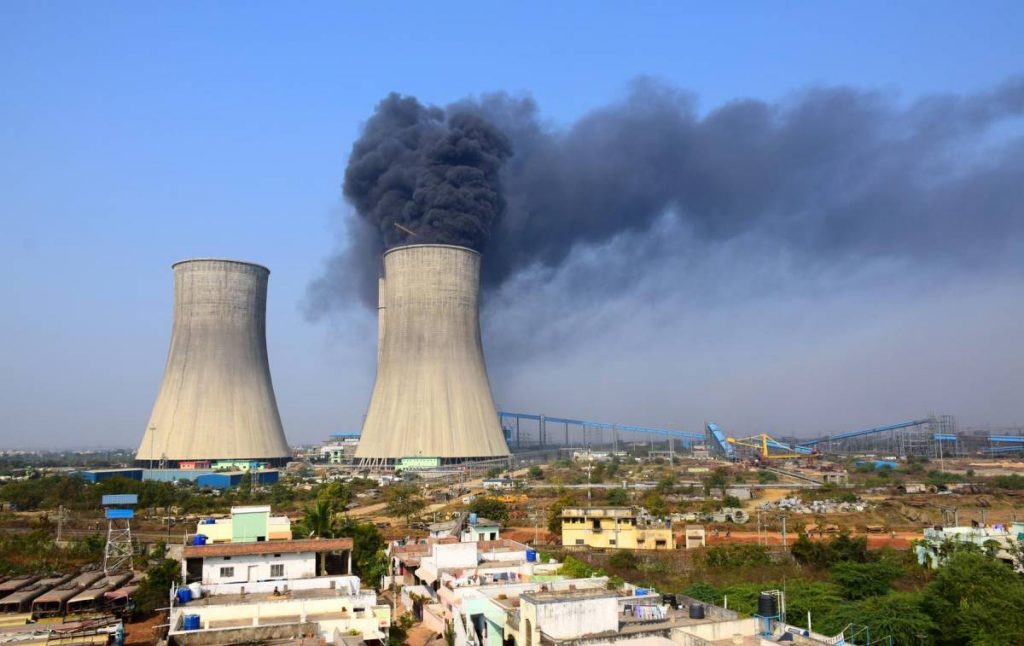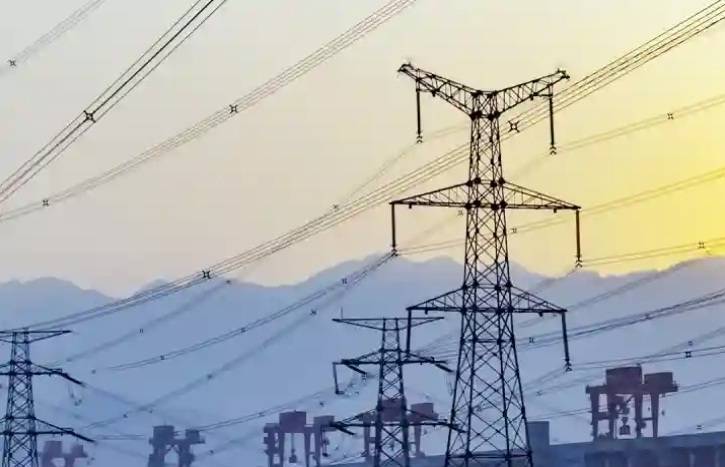A day earlier, China’s power grid operator had denied there was an energy crisis and promised to upgrade the national power grid and guarantee a normal power supply….reports Asian Lite News
Amid rising concerns over a power shortage in the country, China’s manufacturing powerhouse Guangdong Province said it will widen the “peak-to-valley” price difference and hike peak electricity prices by 25 per cent for industrial users.
Chinese state media Global Times reported that this power shortage threatens to weigh down industrial production in the coming months.
The hike in peak electricity prices is for industrial users and will not apply to residential power use, said China South Grid. This comes as the change in prices in the southern economic powerhouse happened as a shortage of electricity struck China.
A day earlier, China’s power grid operator had denied there was an energy crisis and promised to upgrade the national power grid and guarantee a normal power supply.
The cuts and restrictions have been implemented piecemeal by local governments, often with scant warning and little explanation, sparking public anger, Radio Free Asia reported.
“China’s energy supply capacity is currently sufficient to meet demand,” State Grid Corp. said in comments reported by the Global Times. “China has no energy crisis,” it said.
Despite China’s denial, major international suppliers are bracing for impact on businesses already confronting delays caused by shortages and global shipping delays.
According to media reports, the shock is even leading experts to cut growth expectations for China.
Meanwhile, some sections of the Chinese media have also called for a balance to be struck between climate targets and allowing the power crisis to get out of control.

‘Contraction in factory activity’
China’s factory activity has shrunk unexpectedly amid curbs on electricity use and rising prices for commodities and parts, raising more concerns about the state of the world’s second biggest economy, The Guardian reported.
A closely watched survey released on Thursday showed that China’s factory activity contracted in September for the first time since the pandemic took a grip in February 2020.
The figures showed that output fell thanks to a marked slowdown in high-energy consuming industries, such as plants that process metals and oil products. Sub-indices also highlighted a fall in new orders, employment and new export orders, the report said.
The sudden contraction in factory activity will further weigh on an economy already facing serious problems in its bloated property sector, chiefly in the form of the struggling behemoth Evergrande.
Analysts had expected the manufacturing purchasing manager’s index (PMI) to remain steady at 50.1 in September, but the official result showed the index at 49.6. The 50-point mark separates growth from contraction.
China’s economy rapidly recovered from a pandemic-induced slump last year. Although the non-manufacturing PMI provided a welcome bright spot for September, momentum has broadly weakened in recent months, with its sprawling manufacturing sector hit by rising costs, production bottlenecks and electricity rationing.
Economies throughout the world are grappling with production issues due to supply chain disruptions. The UK car production fell 27 per cent in August because of a shortage of semiconductors, and data on Thursday showed Japan’s industrial output falling for a second straight month in August.

